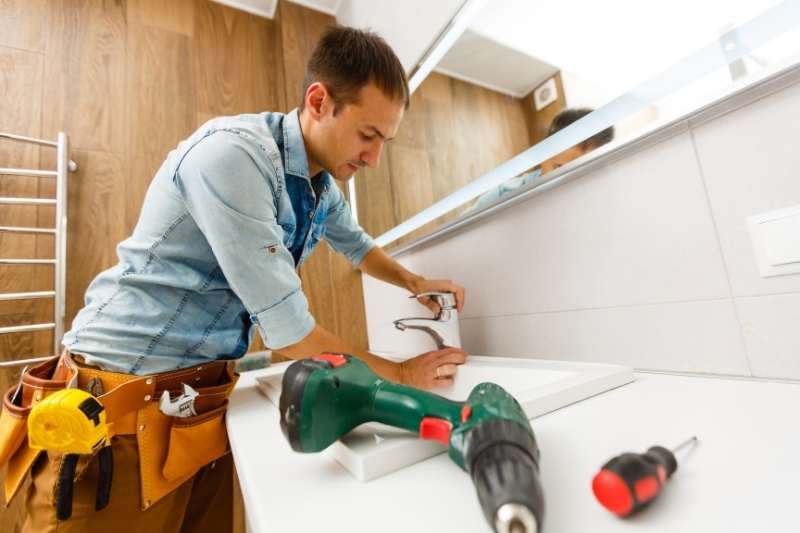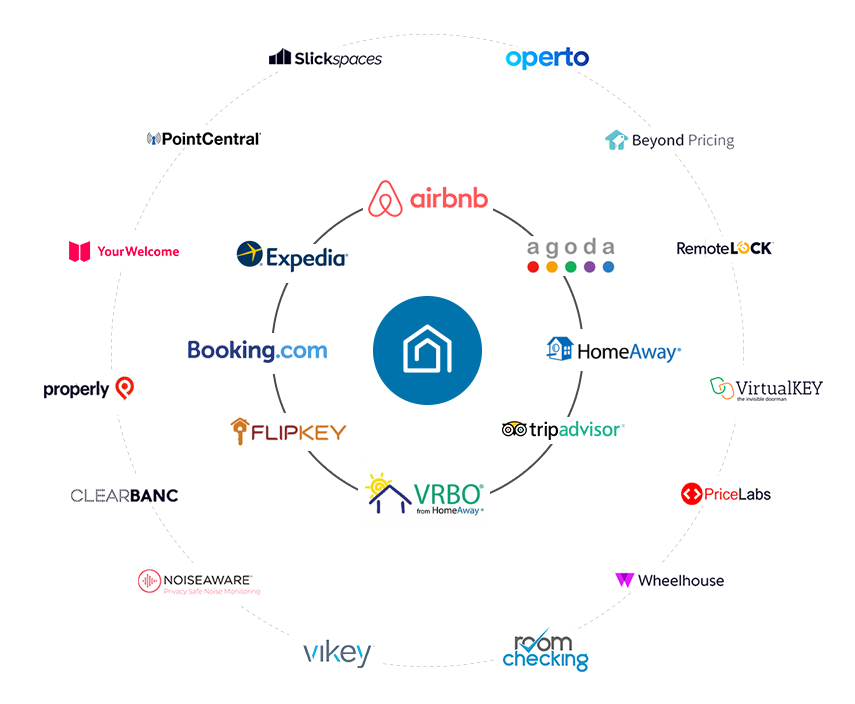
OneSite, a provider of property management software, has been in existence for over twenty years. OneSite works with many vendors in addition to its own proprietary software. OneSite Facilities Plus is its most popular version, and it was designed by RealPage. For those of you whose apprehension is based on cost, OneSite has a lease management solution that is both affordable and easy to use.
OneSite is a good choice if you are a property manager in the market for a new platform. While the company has many options, OneSite Facilities Plus is RealPage's flagship product. It was specifically created to serve the needs of property managers as well as maintenance professionals. OneSite is the top property management tool. OneSite boasts a number of great features. From leasing and tenant screening to maintaining and improving the physical appearance of the property, a OneSite solution can help boost the bottom line.
There are a few major flaws to the software. Although it's easy to create a OneSite account and maintain it, it requires more than simply entering data. The company doesn't offer any support to users. That means users won't be able to expect to receive the same level of customer service as a sales rep. It is also possible to have issues with the interface. This is not surprising considering how old the software is.
OneSite has a major advantage over the rest, even though it has its faults. It is the most flexible property management software on the market. OneSite can be configured to fit the needs and requirements of property managers of all sizes, which is unlike other property software providers. This includes small, mid-sized, and large property management operations. In addition to a plethora of property management tools, the software is backed by a solid warranty.

Lastly, OneSite has a few other tidbits of information. These include the best way of managing your documents and a range of features that can help you keep track on your tenants. A comprehensive collection of community tools such as an online community directory and the ability for community activity management are some of the most interesting. OneSite allows users to share information with their peers and collaborate in real time.
FAQ
How often should I use a handyman for my job?
It depends on the nature of your project. For instance, if you need a simple fix-it job done, such as installing a light bulb, then you might only need to call one handyman per week. If there are many remodeling tasks involved, however, you might need several handymen.
How do you find a trustworthy handyman to help me?
Before hiring a handyman you should always verify their references. Ask friends and family members who have used him or her in the past. Also, look online--there are plenty of review sites where handymen post reviews of themselves.
Why should I hire someone to do the job instead of doing it myself.
It's a great way to save time and money by hiring a handyman. Not only does this save you the hassle of hiring someone else, but it also saves you the headache of getting everything right the first time. Additionally, the handyman has all the tools and supplies required to do the job properly.
Do I need a license to become a handyman?
To become an independent contractor in most states, you don't need to have a license (as opposed with a salaried worker). However, you will still need to meet certain conditions:
-
You must be at least 18 years.
-
Do you have a high-school diploma or GED?
-
Completion of a 4-week course at a vocational high school.
-
Pass a background check through the state's Department of Licensing.
-
Pay a $20 fee to register annually.
You will also require a business license as well as workers' compensation insurance.
Do professional handyman services really make sense?
This depends entirely on the type of project you want to be performed. For complex projects, such as an office renovation or construction project, a professional handyman would be a great option.
Where are handymen from?
There are thousands, if not millions of handymen in America. However, most of them never started out as contractors. The majority of handymen started their careers as tradesmen and learned how to complete apprenticeships. They are often skilled and knowledgeable, making them valuable assets for any company.
Do I need to train a handyman to do my work?
No. No. All you need to do is give them the materials to complete the job.
Statistics
- Mila keeps a commission of 20% for each completed service performed by Friends and charges various service fees regarding work done by Pros. (appjobs.com)
- “Once the pandemic hit, that number fell to about 20%.” (inquirer.com)
- “Before the pandemic, 40% of people asked how we could estimate a job when we weren't there,” Rose recalled. (inquirer.com)
- Our handyman services for seniors are provided by professional senior helpers who have been serving the community for over 20 years with 98% customer satisfaction. (cantatahomeservices.org)
- More than 20% of homes in America have outdoor living spaces, including decks and patios. (mrhandyman.com)
External Links
How To
How to Replacing a Broken Tile
Step 1: Take away the old tiles.
Remove the old tiles from your flooring and put them aside. If you intend to use them, you will want to keep them intact. If they're damaged or missing pieces, note which ones they were so you don't run into problems finding replacements.
Step 2 -- Choose New Tiles
Here are some options for tile repair.
-
You can find a tile replacement that is similar to the one you have just removed.
-
To find the matching piece, use the measurements that you took while removing the tile. This makes it easier to get the right size without having to measure again.
-
Look for various colors, patterns, textures, sizes, shapes, etc.
-
If you have a preference for grout, consider what it would be best to use. Some prefer a solid color, while others like mixing it up.
-
Choose a tile that resists moisture.
-
Also, think about where you want to place your new tile. This will help you save time and money.
-
After you've selected your tile, place your order online or at your local Lowe's shop.
Step 3 - Install the new tiles.
To install your tiles, follow the same procedure as before. It's important to align them correctly in order for them to fit together.
Step 4 - Clean up
Make sure to clean up all debris and other materials before applying the final layer of protection material.
This will prevent dirt or dust from collecting between the tiles and causing mold.
Step 5: Sand down the Floor
After cleaning everything, sand down the floor to remove any loose particles left behind by the previous step.
Step 6 -- Finish Off
After the floor has been smoothed, you can apply protective coatings to the tiles. It is important to wait before you apply the protective coatings.
Remember, you can always use a product called "damp-and-dry" on your floors to help protect against stains.
It won't solve every problem after your tiles are installed. Consider adding an anti slip coating to your protective layer if you have kids.
Remember to let the protective sealer remain on for several additional weeks before you move into your home.